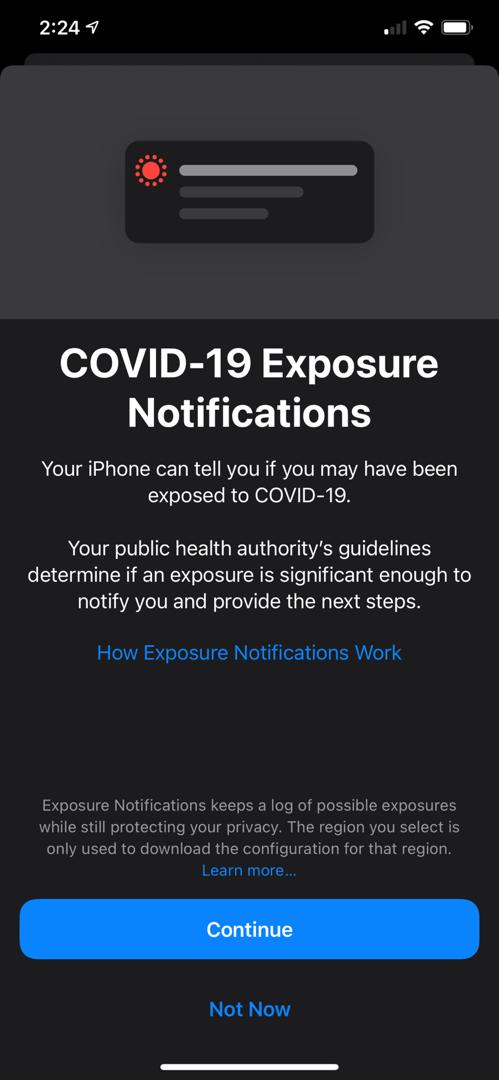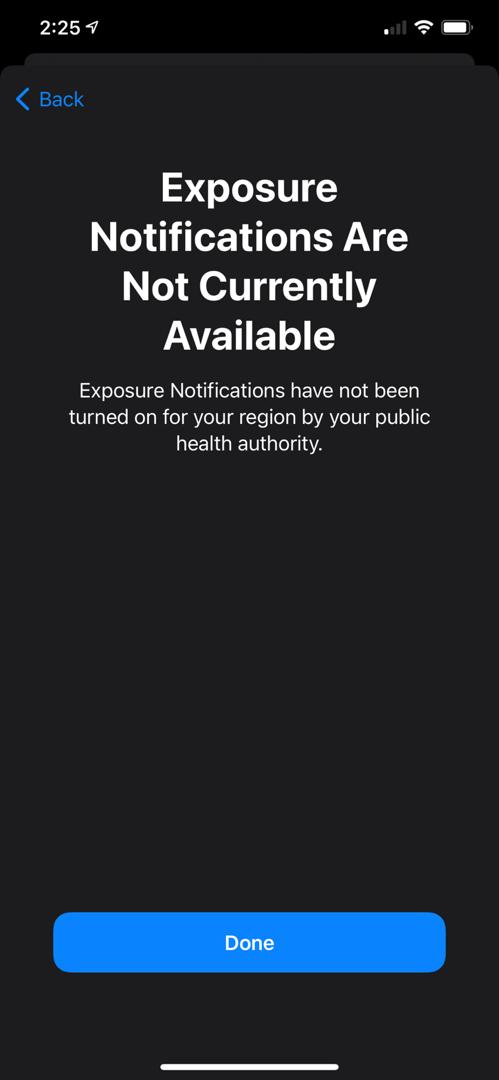Apple has pushed out iOS 13.7, an update that adds support for Exposure Notification Express. The system was jointly developed by Apple and Google and allows public health authorities to conduct COVID-19 contact tracing without having to develop and maintain their own application.
Back in April, Apple and Google announced that they would work together to develop a system that leverages Bluetooth hardware in iPhones and Android devices to assist governments in contact tracing measures.
The two tech giants detailed two phases in which they would implement this system. The first phase was released with iOS 13.5 back in May 2020 that required users to first download an app from their local public health authority to opt-in to Exposure Notifications.
Now in iOS 13.7, Apple and Google have made a fully operational Exposure Notification System that is integrated directly into the mobile operating system. This would enable public health authorities to have full control over the system. It would also enable them to determine how notifications are triggered, what and guidance is given to exposed individuals.
In a statement, Apple and Google said:
“Under the new system, participating health departments will assemble a configuration file, allowing them to set their risk scores, redirect users to their specific health department website, and modify the recommendation for users who have been exposed. Once the configuration is complete, iOS and Android can automatically generate the necessary software, although the two operating systems handle the task differently. In Android, the configuration file will automatically generate a custom Android app, while iOS will incorporate the settings into its OS-level contact system.
Once you have installed the update, iOS users can enable Exposure Notifications directly in the Settings app in the iPhone. They would also be able to opt-in to receive push notifications when their local public health authority adopts Exposure Notification.
If you are concerned about your personal privacy when using ENE, Apple and Google assure that users must explicitly enable exposure notifications also no location data is shared and the system does not share your identity with other users, Apple or even Google themselves.
It should be noted that at the moment Malaysia has not opted in to adopt the Exposure Notification System. We have also tried enabling iOS 13.7’s Exposure Notifications on but were greeted with a message saying that the feature is currently not supported in Malaysia.
In a Tweet dated 21 May 2020, Science, Technology and Innovation Minister Khairy Jamaluddin said that he would request for the Exposure Notification API. However, there has been no word about any development on this front.
In the event, if Malaysia does finally adopt this exposure notification system, will this severely affect other exposure-tracking apps like MySejahtera, SELangkah or MyTrace? Both Apple and Google have assured that the new ENE approach does not impact any existing solutions. These apps can still exist and operate on their own. Google is expected to launch its own version of ENE on Android later in the month.
On a lighter note, Apple’s iOS 13.7 update also adds new Memoji stickers and enables iCloud Drive folder sharing for the Files app. Of course, there are bug fixes too. It should be noted that iPads are not included in the Exposure Notification system, so the iPadOS 13.7 update only has bug fixes.
[SOURCE]










